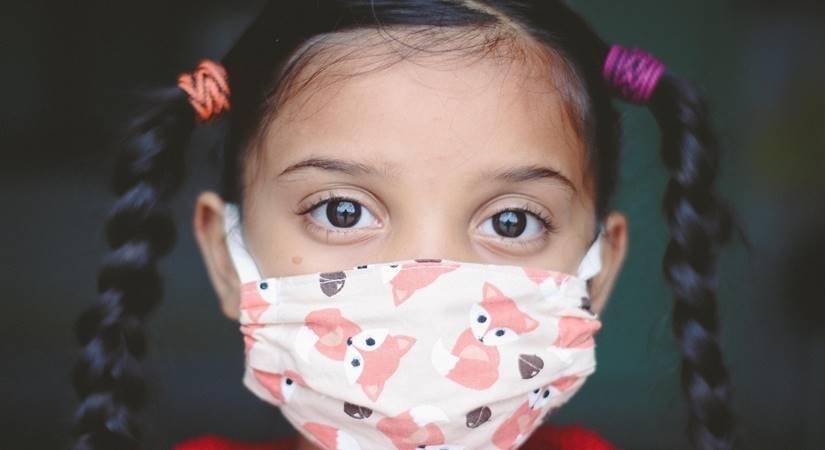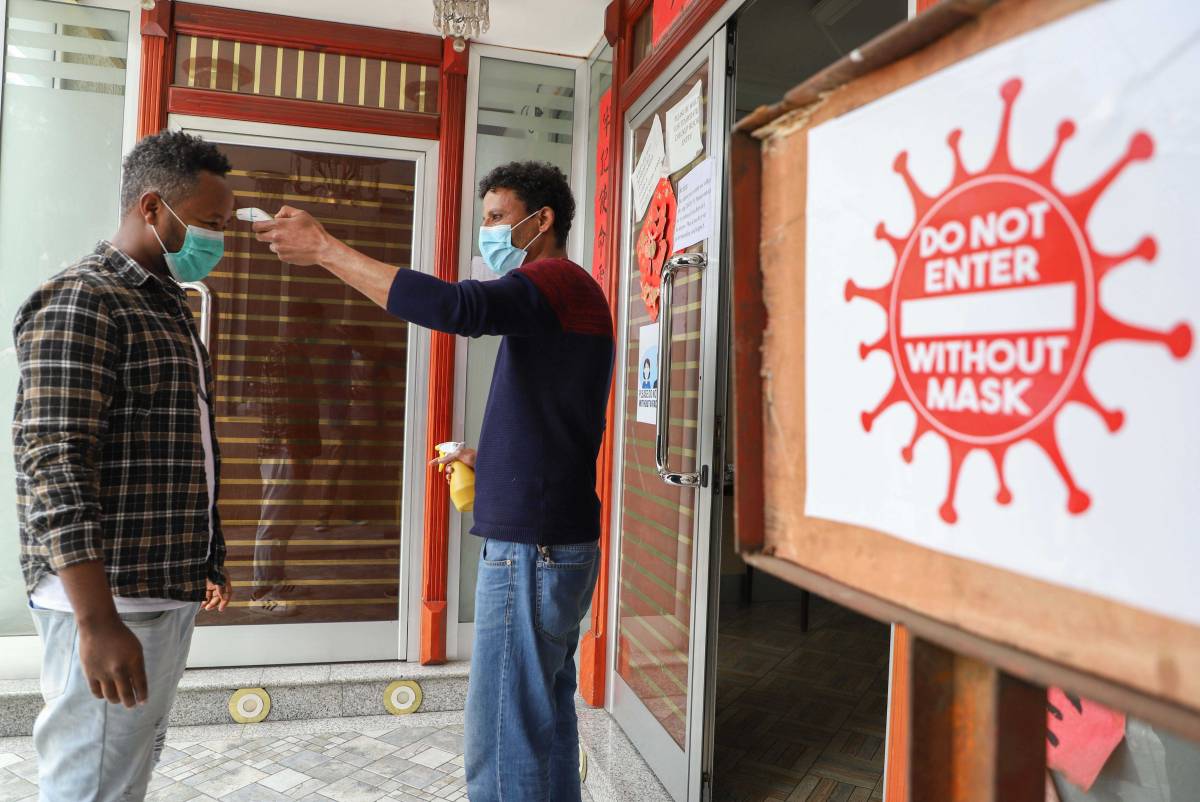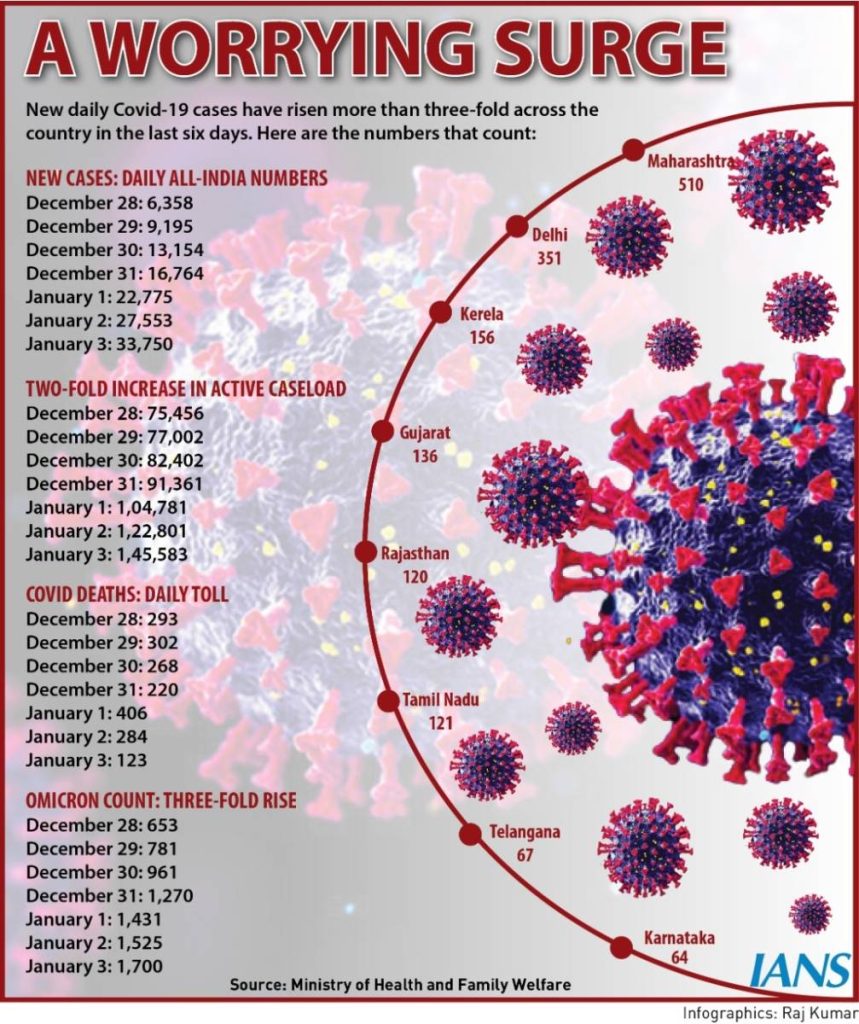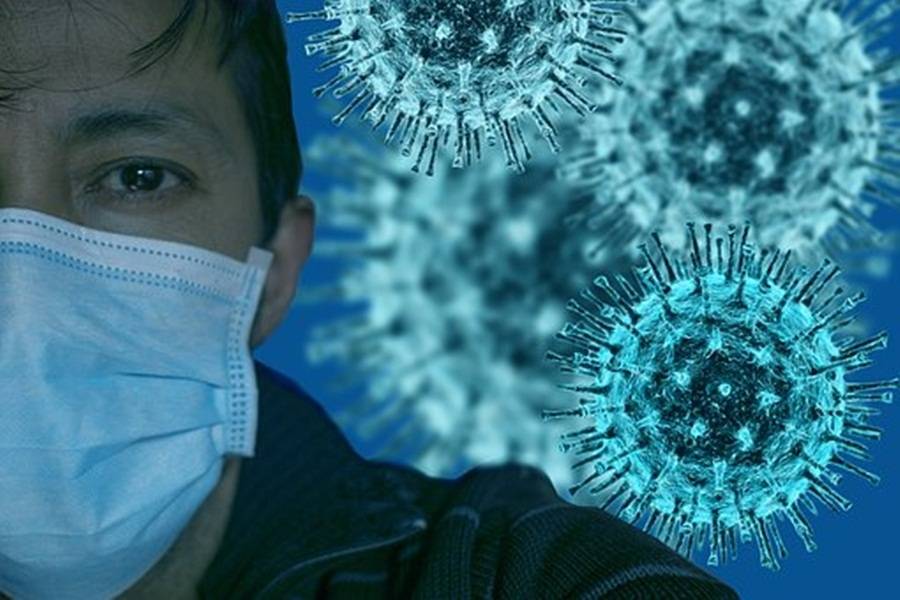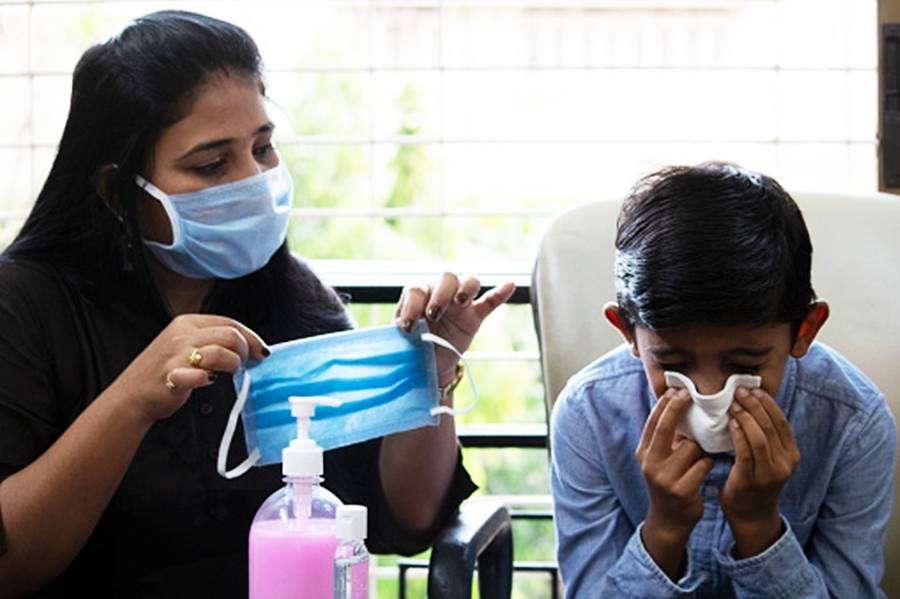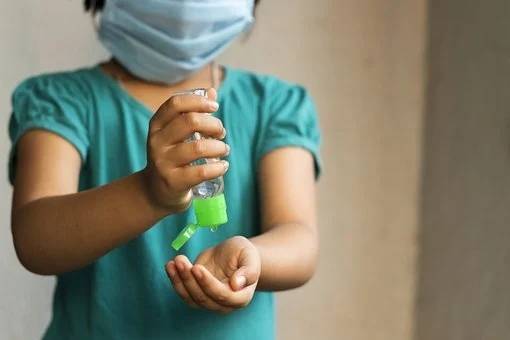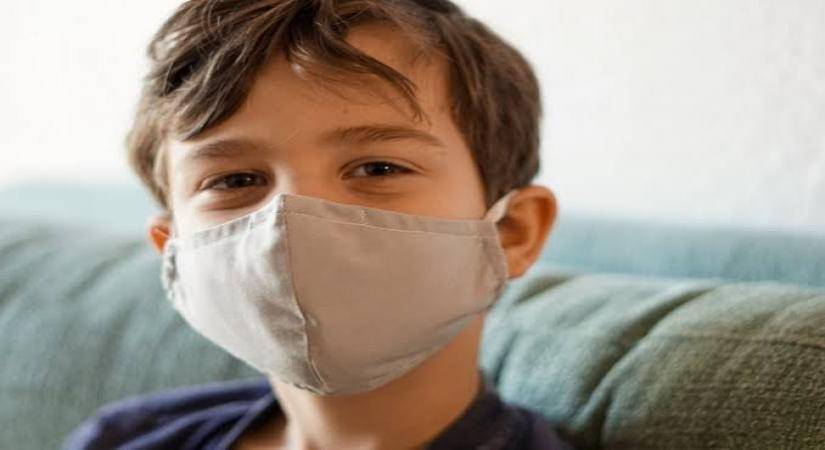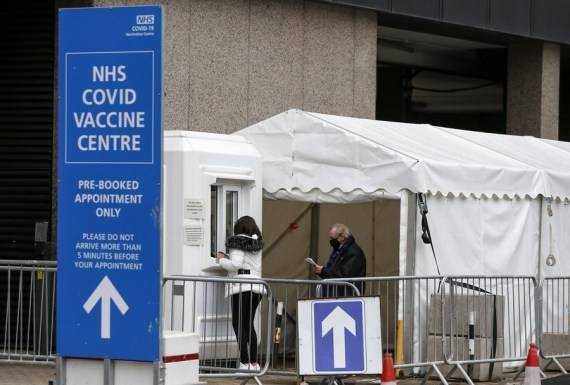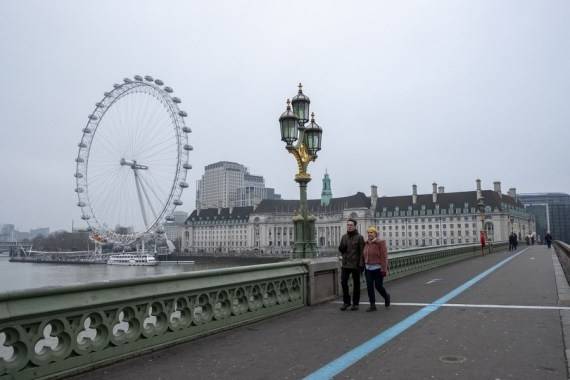A surgical mask prevented 59 per cent of respiratory aerosols from a cough, whereas a three-layer cotton mask blocked 51 per cent, and a N95 mask blocked up to 95 per cent of these particles…reports Asian Lite News
The Covid-19 pandemic has resurfaced, and if the last two years have taught us anything, it’s that the coronavirus should not be taken for granted. And, while face masks have become a necessity amid the two-year-old pandemic, many people are still confused about which masks to use. Some of these questions have resurfaced in the wake of the discovery of Omicron, a highly transmissible variation.

Let’s take a quick look at right masks that can help keep Omicron at bay and what are the effective mask wearing etiquette that needs to be followed.
To begin, it’s important to understand the distinctions between fabric masks, surgical masks, and respirators. A fabric mask is a loose-fitting mask that forms a physical barrier between the wearer’s mouth and nose and potentially harmful substances in the immediate area. A surgical mask is a three-layered mask worn by medical professionals during surgeries. N95 respirators, on the other hand, are personal protection equipment that shields the wearer’s respiratory system from airborne particles and aerosols.
The N95/FFP2 provides a high level of protection against flu, infection, and other airborne viruses. N95/FFP2 masks are typically five-layers with electrostatically charged melt-blown filters that provide adequate protection from airborne particles aerosols as small as 0.3 microns and have been rigorously tested for numerous transmission circumstances. This implies it can filter out the majority of bacterial, viral, and particulate aerosols. Such masks are made to fit perfectly, which means that leakage from the sides of the mask is reduced. According to recent data from the American Conference of Governmental Industrial Hygienists (ACGIH) in the United States, N95 masks provide fifty-five times more protection against infection transmission between two persons than two people wearing cloth masks.
A good quality BIS approved FFP2 mask, such as Savlon, has a splash resistant outer layer, a sweat or moisture resistant inner layer, and one or more electrostatically charged melt-blown filter layers, which is akin to a N95 mask. Melt Blown filters with electrostatic charges improve the masks’ ability to catch infectious aerosols and are the differentiator when it comes to obtaining high levels of filtering while yet allowing for easy breathing.
Proper usage
According to studies conducted by the National Institute for Occupational Safety and Health (NIOSH), a surgical mask prevented 59 per cent of respiratory aerosols from a cough, whereas a three-layer cotton mask blocked 51 per cent, and a N95 mask blocked up to 95 per cent of these particles.
After learning about the advantages, it’s important to know how to use respirators properly. When outdoors or in overcrowding indoors, masks should be worn with caution, ensuring that they cover the nose and mouth and close any holes. Double masking should be avoided if you’re wearing an FFP2 or N-95 mask. Instead, consider donning a multi-layered N-95 mask like the Savlon FFP2 S Mask, which has a five-layer filtering system.
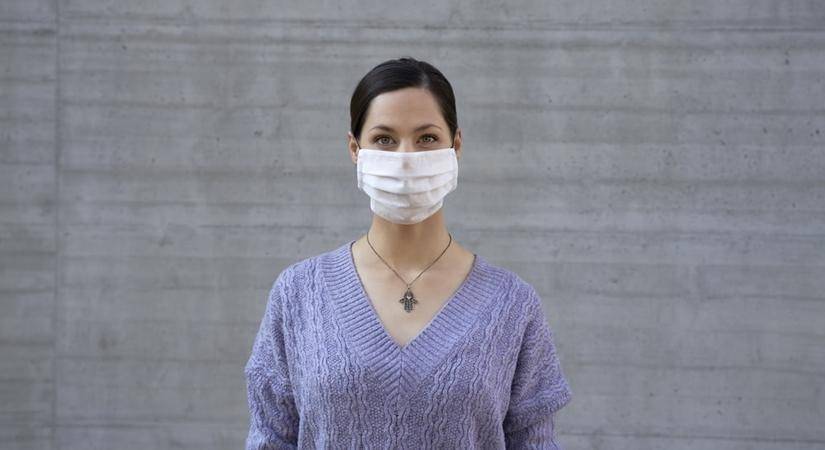
Before we go, a quick reminder – While wearing masks, any masks –
1. Ensure hand-hygiene before wearing and after removing mask
2. Ensure best fit and tight seal for full protection – with no gaps along the sides.
3. Ensure coverage from the ridge of your nose down to under your chin
4. Avoid repeatedly touching or adjusting your mask
ALSO READ-Saffron magic during pregnancy

